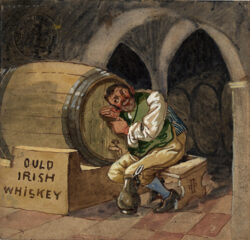Business & Industry

Port of Lake Charles
The Port of Lake Charles opened in 1926 and remains one of the country’s most active oil, gas, and petrochemical transportation hubs.

The Port of Lake Charles opened in 1926 and remains one of the country’s most active oil, gas, and petrochemical transportation hubs.
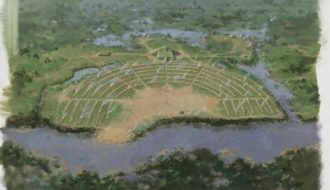
Poverty Point in Louisiana, one of the most significant archaeological sites in in the world, dates to 3,500 years and represents the largest, most complex settlement of its kind in North America.

This entry covers prehistoric Poverty Point culture during the Late Archaic period, 2000–800 BCE.

Poverty Point in Louisiana, one of the most significant archaeological sites in in the world, dates to 3,500 years and represents the largest, most complex settlement of its kind in North America.
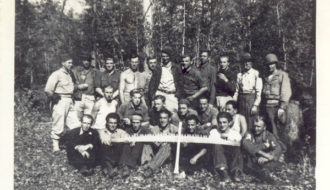
During World War II, Allied commanders sent more than twenty thousand prisoners of war to camps in Louisiana.
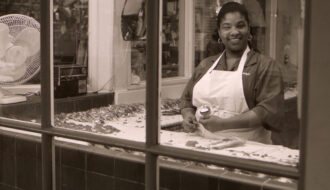
The praline, a confection made of sugar and nuts, is a representative dish of the Franco- and Afro-Creole Atlantic diasporas.

This entry explores the history of American Indian life in Louisiana from 11,500 BCE to 1700 CE through the study of prehistoric archaeology.
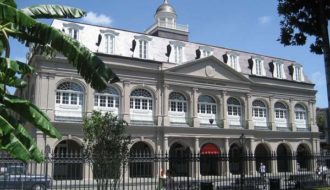
Along with the Cabildo and St. Louis Cathedral, the Presbytere figures as a major component in New Orleans' Jackson Square.
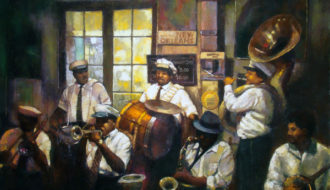
New Orleans's Preservation Hall is a traditional jazz music venue in the French Quarter and the historic center of a worldwide revival of traditional New Orleans jazz.
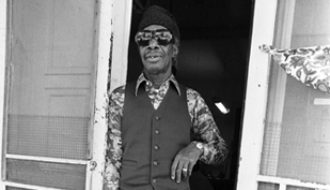
Henry Roeland Byrd, also known as Professor Longhair, was a New Orleans rhythm & blues pianist who came to personify the city's cultural renaissance of the 1970s.
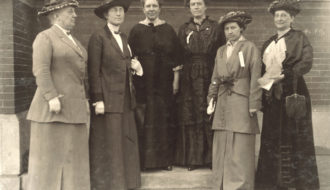
The Progressive movement that swept across the United States at the turn of the twentieth century brought changes to many of the nation's social and political institutions, including those in Louisiana.
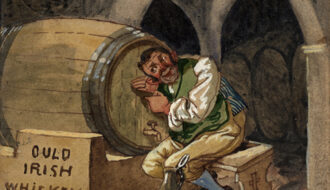
Louisiana reluctantly became subject to prohibition, the effort to eliminate alcoholic drinks, as a result of the 1920 federal law commonly known as the Volstead Act.
One-Year Subscription (4 issues) : $25.00
Two-Year Subscription (8 issues) : $40.00
